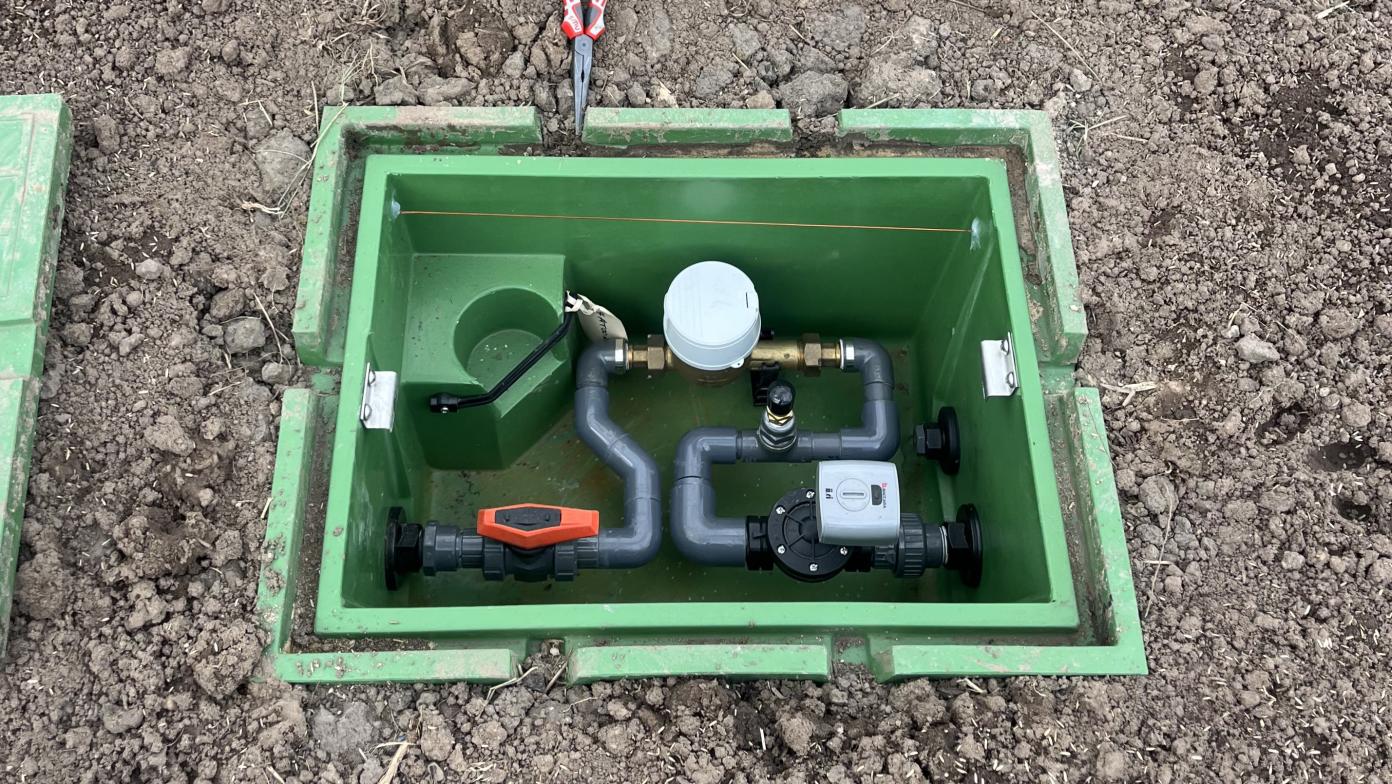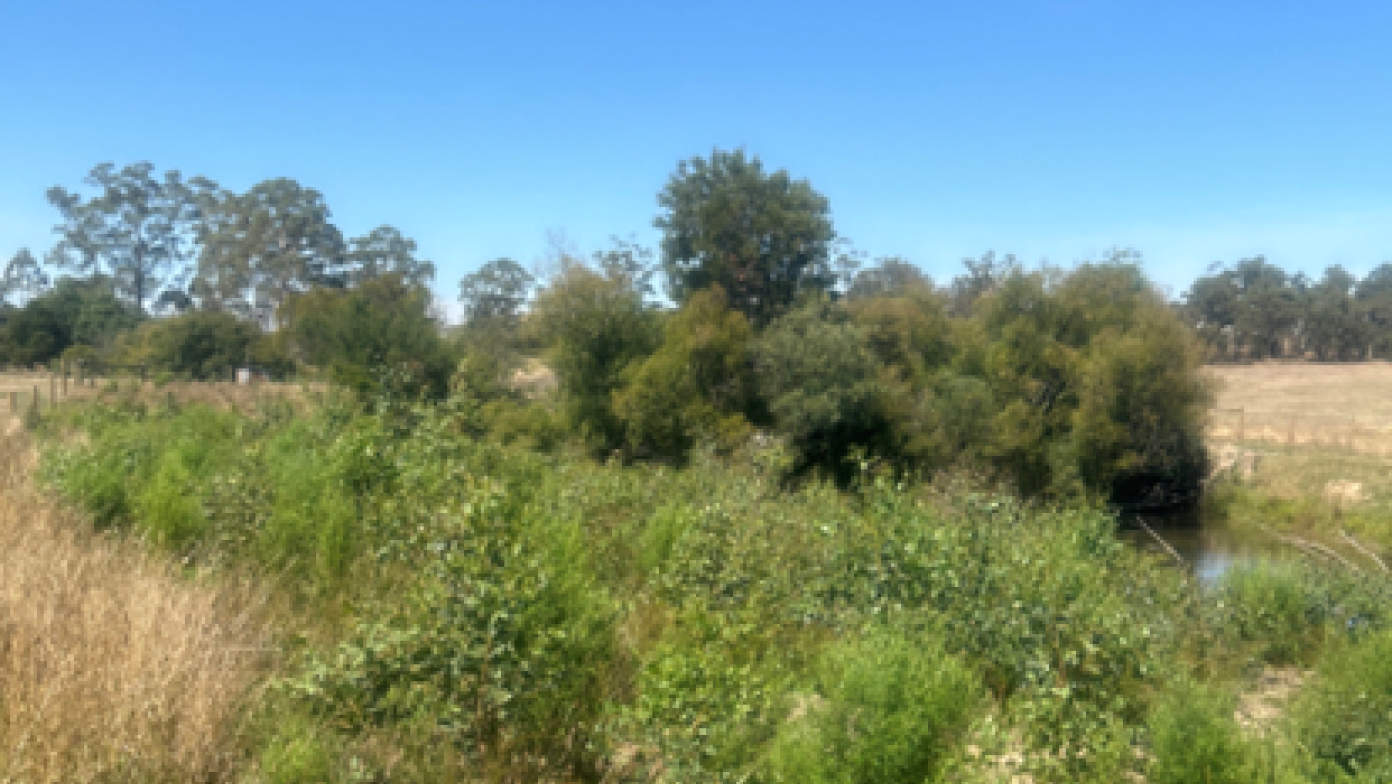Gippsland Water taking big steps to reduce carbon footprint
Gippsland Water has installed more than 1800 solar panels as part of its commitment to reducing its carbon output by almost a quarter by 2025.
The solar panels, totalling 675 kilowatts of power, were installed at Gippsland Water’s Traralgon office and Warragul water treatment and wastewater treatment plants.
Together, they can generate more than 900,000 kWh (kilowatt-hours) of electricity in a year - enough to cover the average yearly household consumption for more than 100 homes.
Managing director Sarah Cumming said the electricity generated by the solar panels would help to power each site, resulting in financial savings which ultimately benefit customers, while reducing carbon emissions.
“This project is one of several initiatives outlined in our new energy management strategy, which is the first of its kind in the state,” Ms Cumming said.
Gippsland Water already sources 10 per cent of its electricity from renewable sources, including a biogas cogeneration facility at the Gippsland Water Factory and a 300kW hydroelectric generator installed nearby.
“The hydro has been supporting our energy-intensive wastewater treatment processes, reducing our electricity bill by about $150,000 per year since it was switched on in 2008 – and even more as tariffs go up.”
Ms Cumming said the organisation is also working on other initiatives to help reduce its carbon footprint.
“This year we planted 92,000 native trees of mixed species at our property at Dutson Downs, south-east of Sale, which again was a first for Victorian water corporations.”
Gippsland Water is working with water corporations across the state to achieve zero net emissions by 2050, a goal set by the State Government in the Water for Victoria plan and the Victorian Climate Change Act 2017.



